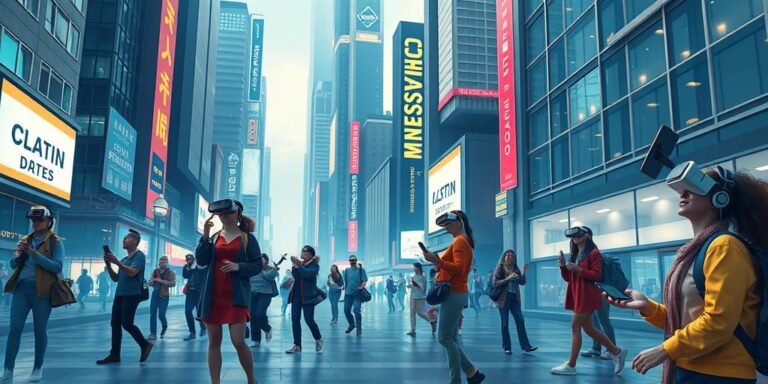Designing Ethical and Inclusive XR Experiences (2026)
Extended Reality (XR) is rapidly evolving, encompassing virtual reality (VR), augmented reality (AR), and mixed reality (MR). As XR technology becomes more integrated into our daily lives, it’s crucial to address the ethical considerations and ensure inclusive design practices. This article outlines key areas to focus on when developing XR experiences in 2026.
Understanding the Ethical Landscape of XR
Ethical design in XR involves considering the potential impact on users and society. Key ethical considerations include:
- Privacy: XR devices can collect extensive user data, including eye movements, biometric data, and environmental information. Developers must be transparent about data collection practices and obtain informed consent from users.
- Accessibility: XR experiences should be accessible to individuals with disabilities. This includes providing options for customizable controls, visual and auditory adjustments, and alternative input methods.
- Bias and Representation: XR content should avoid perpetuating stereotypes and biases. Creators must strive for diverse representation in characters, narratives, and environments.
- Mental Health: Immersive XR experiences can have psychological effects, including disorientation, anxiety, and addiction. Developers should implement safeguards to protect users’ mental health, such as providing breaks and moderation tools.
- Safety: XR environments should prioritize user safety by minimizing the risk of physical harm or injury. This includes providing clear warnings, tutorials, and safety guidelines.
Inclusive Design Principles for XR
Inclusive design focuses on creating XR experiences that are usable and enjoyable for all individuals, regardless of their abilities, backgrounds, or identities. Key principles include:
- User-Centered Design: Involve diverse users in the design process, from initial ideation to testing and evaluation. Gather feedback from individuals with disabilities, different cultural backgrounds, and varying levels of technical expertise.
- Accessibility First: Design XR experiences with accessibility in mind from the outset. Follow established accessibility guidelines, such as the Web Content Accessibility Guidelines (WCAG), and conduct accessibility audits throughout the development process.
- Customization and Personalization: Provide users with options to customize their XR experience to meet their individual needs and preferences. This includes allowing users to adjust the visual, auditory, and haptic feedback, as well as providing alternative input methods.
- Contextual Awareness: Design XR experiences that are aware of the user’s physical and social context. Consider factors such as the user’s location, environment, and social interactions when designing interactions and content.
- Ethical Storytelling: Craft narratives that promote empathy, understanding, and respect for diversity. Avoid perpetuating stereotypes or biases and strive for authentic representation of marginalized groups.
Practical Steps for Ethical and Inclusive XR Development
To put these principles into practice, XR developers can take the following steps:
- Establish Ethical Guidelines: Develop a set of ethical guidelines that align with your organization’s values and are specific to XR development.
- Conduct Risk Assessments: Identify potential ethical and inclusivity risks associated with your XR experience and develop mitigation strategies.
- Provide Training: Train your development team on ethical and inclusive design principles and best practices.
- Engage with Experts: Consult with experts in ethics, accessibility, and diversity and inclusion to gain insights and guidance.
- Iterate and Improve: Continuously evaluate your XR experience and make improvements based on user feedback and ethical considerations.
The Future of Ethical and Inclusive XR
As XR technology continues to advance, it’s essential to prioritize ethical considerations and inclusive design practices. By creating XR experiences that are accessible, equitable, and respectful of users’ rights and well-being, we can harness the power of XR to create a more inclusive and positive future.
In 2026, ethical and inclusive XR design is not just a best practice, but a necessity for creating impactful and responsible technology.




